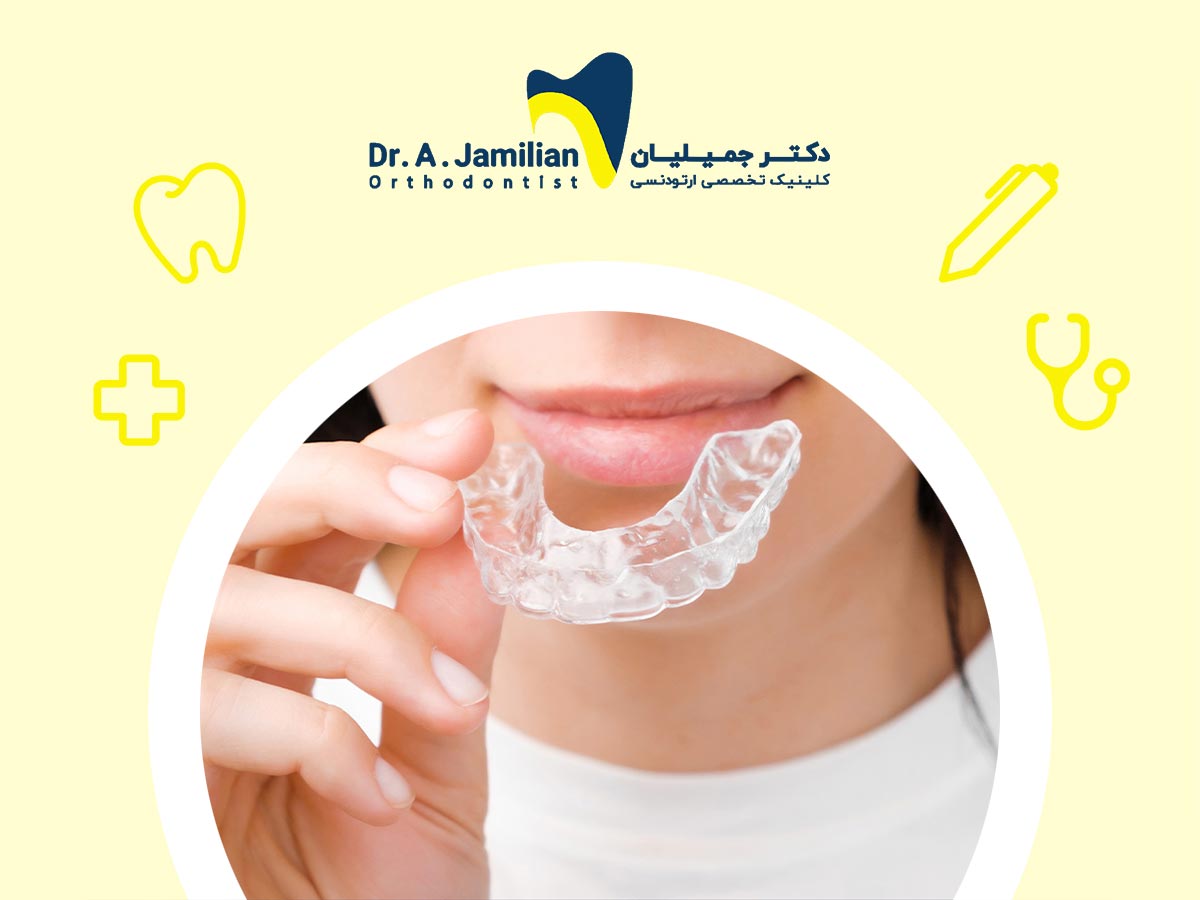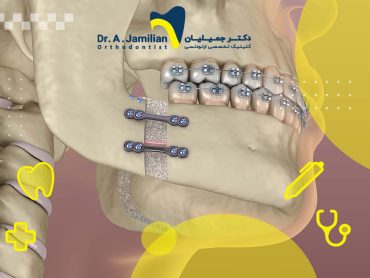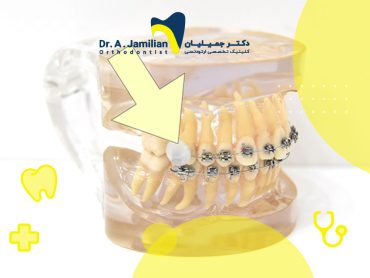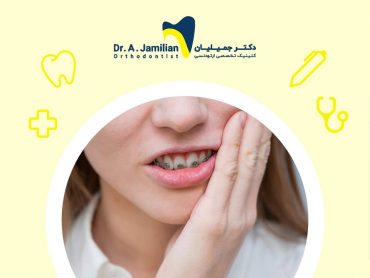We all know that orthodontic braces are required after a certain time, but cosmetic dental procedures do not end here, but the person must follow it with dental plaque after orthodontics. In fact, after orthodontic treatment, the use of dental plaque is very important, it is a significant part of daily dental care and is a great way to maintain a beautiful smile.
Orthodontic brackets are removed after a certain period, however, the dental cosmetic procedures will not be finished Additionally, the patient should follow orthodontics with teeth retainers. After the orthodontic treatment, the use of retainers is essential for daily dental care and is a great way to maintain a beautiful smile.
You may blame the genetics of your teeth for being crooked or misaligned. If the dental retainer is not used after orthodontics, genetics may replay its full role. Along with the teeth returning to it’s previous position. Ignoring the retainer can result in the recurrence of the disorder, which may lead to additional treatment. The teeth change years after the removal of orthodontic brackets, but the rate of this change depends on the retainer use and care. Here are some reasons to use the retainer after orthodontics.
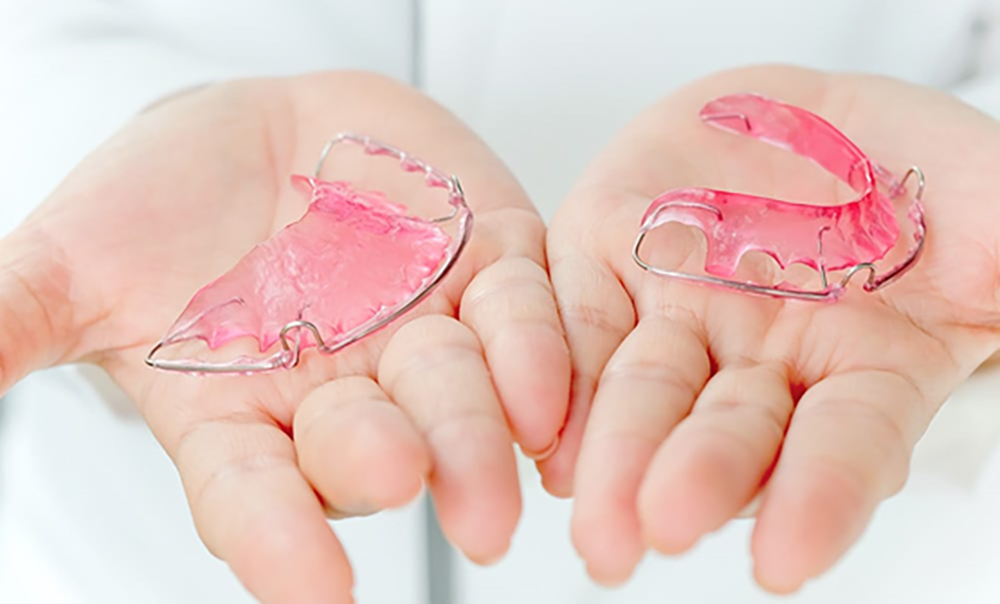
Why should we use plaque?
As mentioned, using a plaque may be annoying, but it is essential for maintaining your beautiful smile. After a long and difficult period of orthodontics, if you use both fixed and invisible types, you need to use plaques to stabilize the results of your treatment. If there is no plaque on your teeth, your teeth may return to their original position, resulting in the loss of time and cost of orthodontic treatment.
The human body has certain characteristics and is constantly changing and evolving. The mouth also has amazing features. According to a leading orthodontist, your teeth have internal memory. In fact, by changing the position of the teeth for about a year, you can not guarantee that the return to the previous state will not occur. Plaques are used to ensure that the teeth are properly positioned and do not come back.
Period of plaque use
The duration of plaque use depends on the opinion of your orthodontist. But plaque usually takes about 3 to 6 months after orthodontic treatment. During this period, you should usually use the license plate for at least 22 hours a day. This will continue until your leading orthodontist allows you to use the plaque only at night. Up to 1 year after this, in most cases patients would only wear them at night.
At this time, if you feel tight during use, you should put the plaque on your teeth again on a daily basis. This feeling of tightness is likely caused to a change in the position of your teeth.
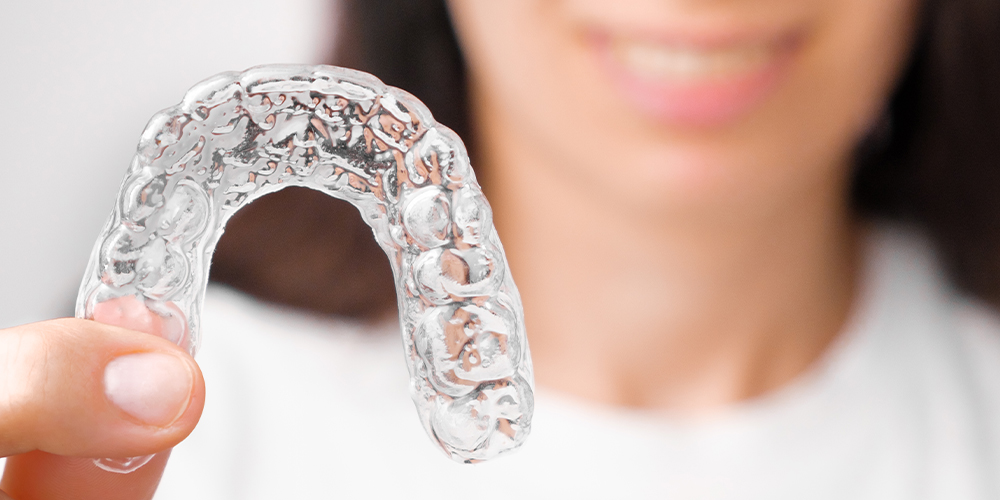
There are some types of plaque
Various examples of plaques are made. Each plaque of any kind will be made exclusively for you by a skilled orthodontist. This is done after preparing the mold of the teeth using special materials in such a way that the best condition for the teeth is maintained and your teeth do not change position. Here are some different types of license plates:
- Retainers Bonded – Bonded plaques are made by passing wire through the back of the teeth and then tightening them, so that the plaque holds the teeth well in the desired position. This type of plaque can be made for upper and lower teeth. A plaque can stay on a tooth for two to five years.
- Hawley Retainers – These types of plaques are the most well-known and most widely used type of retainer. To make this plaque, they use a metal wire that is placed around about six teeth and holds them in place. This plaque is prescribed for a set of upper and lower teeth. The orthodontist will adjust the plaque to fit your teeth. These plates are often replaced every five to eight years.
- Essix Retainers – Essix plaque is a transparent retainer that is placed on your teeth. These plaques can last up to 3 years, but can easily break, discolor.
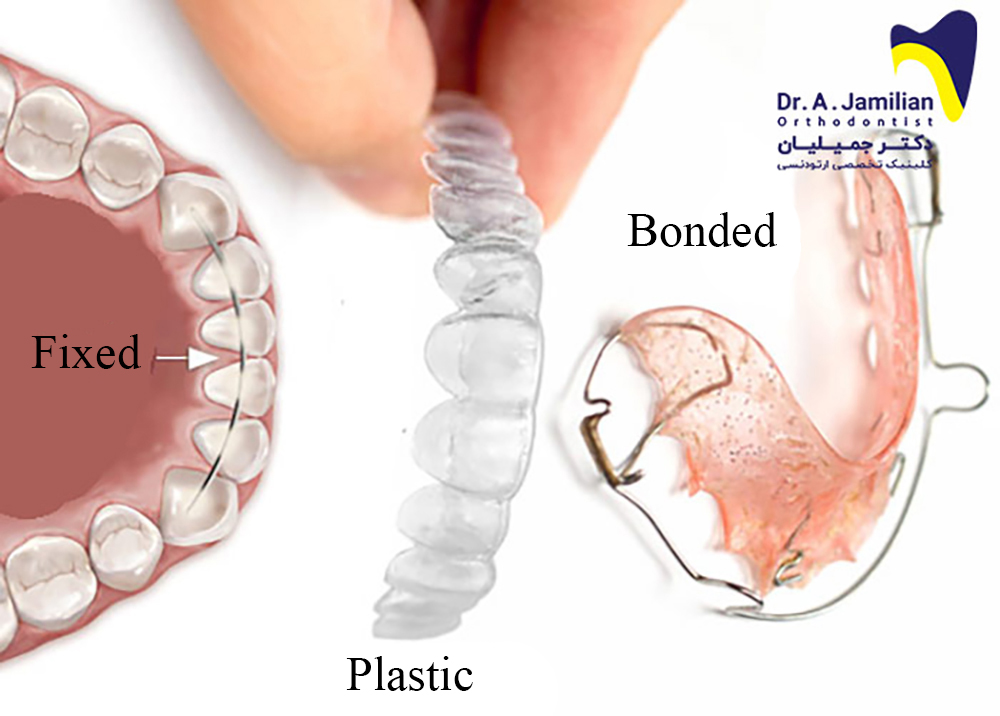
Stabilization of teeth after orthodontics
After removing brackets, the bone tissue of the teeth gradually adapts to the position of other teeth and the jaw. They slowly stabilize in their new position, after which they are less likely to return to their original position. Recurrence can be prevented using the retainers at least 12 hours a day for at least a few months.
Creating a suitable space for wisdom and other teeth
Within most patients, brackets are commonly used by children and teens whose bones are developing. Therefore, the retainer is used when the wisdom teeth are germinating. In these conditions, retainers provide the patients with sufficient space in their jaw for new teeth such as wisdom teeth. Constant use of retainers ensures that the number of teeth does not change due to space limitation.
Retainer to align the bones with the gums
Teeth surrounding gums and bones follow the new position of the teeth. After orthodontics, the retainer helps to accelerate the alignment and stabilization of the teeth.
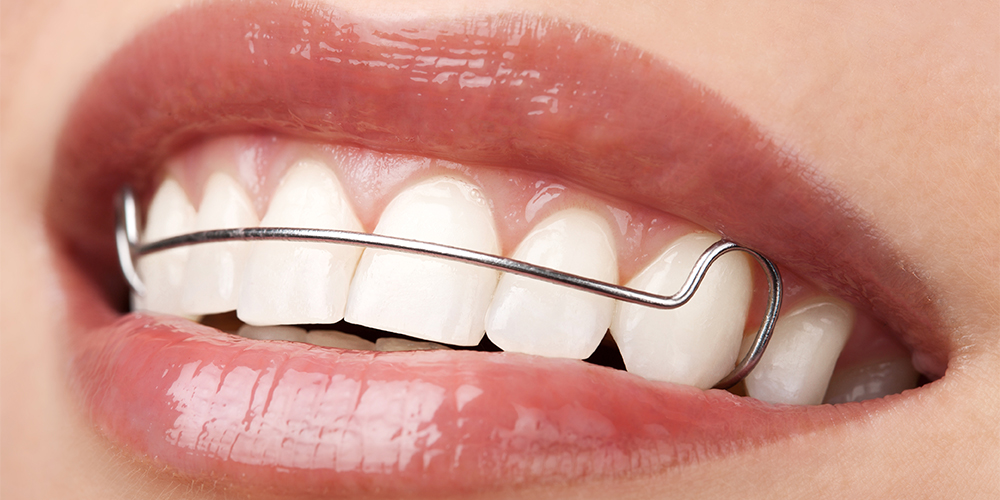
Maintaining the position of the teeth with an orthodontic retainer
The use of brackets to minimize the gaps between the teeth prolongs their alignment time. This applies even to teeth that are not in their place. It is essential to retain the teeth in their place until they sufficiently displace or significantly tighten and are placed in their new position so that the mouth can adapt to these changes. Orthodontics retainers help to achieve this goal.
Maintaining retainers after orthodontics
To use retainers for a long period, talk to your orthodontist about their maintenance. As, the wrong use of it may cause damage. Along with it being one of the essential parts for the proper use of an orthodontic retainer.
When removable retainers are used, they should be regularly washed in a proper dilute liquid during brushing. But in the case of fixed retainers, the best choice is to use Waterpik, which helps easily clean food and plaques between the teeth and those attached to the retainer.
